[9/11/2020 UPDATE: It wasn’t enough for Zack Budryk to send his peers after me on Twitter to try and get my account suspended. Yesterday, I received more than two dozen death threats by email and by comments because of this piece — with IP addresses that traced back in many cases to New York. I’ve never received so many death threats in my life on anything I’ve written — and I’ve written some wild and crazy stuff over the years. It’s pretty apparent that Budryk incited members of the New York media to preserve his position. One journalist who left a comment here before on an article sent me a death threat under a false name and it tracked to the same IP address. These continued threats and efforts to defame my character have been collected and, should the death threats continue, I will report this to the police and the employers of these journalists. I’m not going to be silenced or intimidated by Budryk and his thugs.]
In Which I Encounter a Wildly Arrogant, Remarkably Stupid, Instantly Punchable, and Otiose Bastard in the Wild
On the morning of September 9, 2020, I had no idea who in the fuck Zack Budryk was. Less than three hours after my regrettable discovery of this talentless hack, I would despise the man with every fiber of my being.
It all started when I ran into an irresponsibly “reported” article (archive) at The Hill — written by the diseased dunderhead in question — claiming salmon to be a a danger to America because, in Budryk’s own words, “the novel coronavirus may linger on chilled salmon for more than a week.” Having read up on this very issue months earlier (by a strange twist of fate, this was a subject matter dear to my heart — I happen to love baking salmon — there are six pounds of fish in my freezer as I write this), I knew that Budryk was spreading false information or, to put it another way a few paragraphs before I lay down the real old school invective, his hopelessly blockaded intestinal tract was packed tighter with the larder’s dregs than the infinitely nobler stretch of the late great Maxwell Roach’s snare drum. In other words, this free-wheeling doofus couldn’t bebop even if you bopped him over the head every five minutes with a formidable chinook.
As reported in The Los Angeles Times, you could kill off SARS (a viral cousin of COVID) at 56 to 85 degrees Celsius. Which basically means that, if you bake salmon at 450 for about twenty minutes, any viral threat is removed. Because a well-done salmon is comfortably beneath any deadly threshold. (Just to be clear on this fact — because I do like to practice what I preach — I called the New York State Department of Health on Wednesday afternoon and, not long after I got a live human and sang an improvised version of Dire Straits’s “Industrial Disease” (I couldn’t remember all the lyrics) to make sure she had a fun and memorable day, I was able to confirm with a doctor that, yes, indeed, you aren’t going to catch COVID from salmon. This, folks, is actual journalism — albeit eccentrically practiced. I try to be a fun guy on the phone. We need all the joy we can get in these parlous times.) You can check your salmon with a meat thermometer if you want to get in touch with your inner Howard Hughes. Moreover, COVID is a respiratory virus, not a virus delivered through the stomach. This, incidentally, is why we wear masks in public rather than rubbing our bellies on the streets with hyperbolic Buddha performance art. As Dr. Stephen Berger told the Los Angeles Times, not only have there been no cases of COVID-19 associated with eating food, but the likelihood of COVID spreading through dinner was “rarely, if ever” — and that’s including the extremely slim possibility that you somehow breathed in food through the larynx. (Hope someone adjacent knows the Heimlich!)
I was, in short, deeply outraged that any alleged journalist would wallow in easily debunked malarkey, particularly one who made the choice (the choice!) to be as otiose and as stupid as Budryk to promulgate such deliberate misinformation — especially during a pandemic. The article in question was shared more than 4,500 times by the time I found it. That meant that Budryk was largely responsible for spreading lies and panic and — well, let’s take the gloves off — a steaming heap of bullshit to a reading public that needed facts and reliable information. In an age of wanton lies by our government and biased and lazy garbage promulgated by hucksters like Budryk — all of which have contributed in their own way to the needless deaths of nearly 200,000 Americans — I truly do not have any more energy to devote to this bullshit Faustian bargain whereby we have to accept lies and outright misinformation as the truth and we have to accept lazy and mediocre white guys like Budryk as our “reporters.” No. Fuck these amoral and unpardonable marsupials. They deserve our most stinging vitriol. “No mercy,” to quote Cobra Kai. Languorous lemurs like Budryk are evil fuckwits who tarnish the trade with their cavalier indolence. In a just world, they would be shamed out of practice.
Naturally, I called the dude out on Twitter.
Budryk has since deleted his tweets back to me. This is because Budryk is a cowardly and cocky bastard — the kind of entitled and diseased and dishonorable cuck who would run away from a fight easily resolved through discourse — a dipstick who is more weak-kneed and indecent than Mike McQueary, if you can believe it. And I very much can. There isn’t an ounce of decency in this awful man, He is smug about his fraudulent approach to the facts. (In an attempt to be somewhat objective in a piece that is otherwise designed to mercilessly torch an arrogant and disrespectful asshole well beneath his dermis, I should point out that Budryk did, to his credit, commend a simile I used.) As I proceeded to point out further errors in his “journalism,” it took less than an hour for Budryk to whip up his journalistic peers — including dishonorable Vox contributor Constance Grady (I made numerous phone calls with old contacts on Wednesday afternoon in an effort to get a feel for the current media landscape — I am, after all, quite fucking busy editing a goofball audio drama with a small but deeply appreciative cult audience (one fan was even nice enough to bake me a cake! isn’t that amazing?) — many of Grady’s colleagues, who knew damn well just what I was up to, informed me off the record that they don’t know a single New York media person who hadn’t been stabbed in the back by her at some point — so much for honor among content thieves — and this at an even higher clip than the wonted rate of duplicity and betrayal you come to expect among solipsistic New York media types who would sell your children out if it meant landing a Sunday New York Times Magazine cover story — the upshot of my findings is this: you cannot trust Grady; don’t ever confess your blood type to her — she’ll sell it at bargain basement prices to the vampires) — to smear my reputation rather than respond to my claims. Soon, Budryk was telling the New York media world that I was “a genuinely scary maniac” rather than responding to my findings. Later, in an abuse of his reportorial power, Budryk whipped up his followers to falsely report my makeshift Twitter account so that it would be thrown in Twitter jail (even though I never broke the rules) and silenced.
I don’t take such rampant acts of hubris and stupidity and unfounded assaults on my character lying down.
Not only is Zack Budryk one of the most wildly arrogant little fuckfaces I’ve had the misfortune to encounter over the years — the kind of rabid dog that Fess Parker used to shoot in the head at the end of a wholesome Disney film — but as seen by the image accompanying this story, this malingering noodlehead can’t even pull off the leather jacket look. Which is astonishing. Because 90% of the population knows how to wear a leather jacket. And even if they can’t wear a leather jacket, they’re usually decent enough to capitulate on this front. But arrogant fuckwits like Zack Budryk cannot. They are too busy wallowing in their own hubris to consider the greater good. Honestly, the slicked back hair — the botched greaser look — did have me howling. I have long suspected that full-bore moral probity was beyond my reach and my uncontrolled guffaws concerning the jacket and the hair only confirmed my thesis. This fashion-challenged fool — who cannot comprehend that the combo of studded leather and a plaid shirt is a no-no — is my nemesis? Jesus Christ. I’m not sure what infuriates me more. Budryk’s offense on the leather jacket front. (It’s clear to me that Budryk may just be tolerable-looking in a long wool coat. Why isn’t his wife giving this hapless bungler tips on how to dress? Or maybe she has and Pigheaded Budryk lacks the perspicacity to accept the truth? Or is this a metaphor? A sign that Budryk is fated to permanently have his chirrupy noggin up his own obdurate orifice?) Or his arrogance when called out on his journalistic malpractice. But let’s dwell on the latter. Because that’s clearly more important.
My research into Budryk’s work reveals that he may be one of the worst hack journalists operating today. He bangs out endless content for The Hill — anywhere from eight to twelve articles a day — and regularly commits factual errors, exudes a smarmy bias, never performs journalistic rigor, steals from other sources, and commits wholesale plagiarism — all for an algorithm carefully tailored for Google.
This investigation isn’t just me settling a score with some pompous pencilneck — although, let me be honest, it is in part that. Opprobrious oafs like Budryk represent the kind of entitled fuckwits I used to get into brawls with in junior high school and who I would fight in the streets to this very day. There are, after all, standards of decency and human inclusiveness to maintain. Still, there are larger stakes. Because this is also an exposé of The Hill — presently under the editorial leadership of Bob Cusack, a scumbag who openly shirks his duties and runs an operation driven by lassitude. This piece reveals just what a content farm this awful rag has turned into and why you should trust outlets like Politico and The Washington Post over The Hill. Real news outlets do the kind of invaluable long-form reporting that grifters like Budryk pluck from and attempt to pass off as their own. As seen through Budruk’s halitotic efforts, and as sanctioned by his fellow “journalists” on Twitter, The Hill is doing real journalism a disservice. And anybody who holds this content-pilfering mouthpiece up as the real deal should be considered highly suspect or ideally run out of town.
What follows is a detailed collection — just from the last four days or so — outlining why Zack Budryk is one of the slimiest and most unreliable hack journalists working today and why he and The Hill cannot be trusted. Twenty-seven disgracreful and unpardonable affronts upon journalism. In my younger days, I would have tallied more. But, honestly, I value my emotional wellbeing more than I did ten years ago. So I hope you can pardon me.
I have archived every single one of his stories in the event that The Hill pulls or modifies his ineluctable missteps.
I want to be clear that, should Budryk change his ways, I will be the first to welcome him back into the proper graces of journalism. But I don’t see that happening soon. The man is an amoral content thief — the kind of casual criminal who walks into your house, steals the billfold out of your wallet, and then claims it as his. He is a hopeless bungler and a pox upon journalism, a menace to anybody who values the consideration of facts or the careful cultivation of sources. The hell of it is that I never would have gone to all this trouble had Budryk not gone out of his pusillanimous way to tar and feather and silence me. But then deplorable dickwads like Budryk only know how to play dirty. Budryk’s gaffes proved to be so disgraceful and intolerable that I was forced to holler like a starved dog out my window, to which my neighbor replied, “Another hack journalist?” “Yeah,” I said. “Why don’t you write it out?” “Okay.” And so I did.
Factual Errors
1. in a September 9, 2020 article (archive), Budryk claimed that New York Rep. Max Rose “defeat[ed] Rep. Dan Donovan (R-N.Y.) by just under 4 points.” This is incorrect. According to the certified election results, Rose beat Donovan on November 6, 2018 by 101,823 votes to Donovan’s 89,441 — or 53% to Rose’s 46.6%. That’s seven points. (More details on Rose at Ballotpedia.)
2. In a September 8, 2020 article (archive), Budryk cannot get the facts or the timeline right for a story on Michel Cohen and Jerry Falwell, Jr. Falwell resigned from Liberty University on the evening of August 24, 2020. Cohen offered quotes to CNN on August 27, 2020. A year before this, the Wall Street Journal reported on Cohen’s recording on April 2019. Here is how Budryk “reported” it and mangled the factual details:
Earlier this year after the recording was released, Cohen said “there is absolutely no connection between the photos and my personal request to the Falwells to assist the Trump campaign.”
Falwell resigned his presidency at Liberty University in August after a business associate, Giancarlo Granda, claimed he had an affair with Falwell’s wife Becki Falwell with her husband’s knowledge and consent.
This is incorrect. The recording was released in 2019, not “earlier this year.” Budryk falsely offers the impression that Falwell resigned after Coehn’s statement. But it was clear that he did so before.
3. In this September 6, 2020 article, Budryk reveals that he’s an inept and inaccurate transcriber. He quotes Symone Sanders as saying, ““I just think we have to think about the pain that the working families across this country are experiencing right now,” But upon reviewing the actual video, Sanders says, “I just really think we have to think about the pain of the working families across this country are experiencing right now.” This is a pedantic point — and I’m sure that Budryk would probably claim that he was “synthesizing” or “aggregating” the quote in question. But he also smears Sanders in his piece by claiming, “Sanders responded but did not definitively say whether the former vice president would get vaccinated.” What Budryk completely omitted in his piece was Sanders stating twice, “We all want a vaccine.” He also failed to note that Sanders expressed worries about the distribution of a hypothetical vaccine: “Will working families across this country — I just talked about the folks who work at cashier, who are working check cashing counters and working grocery stores, and folks who are truck drivers — will they have the ability to get this vaccine? We know that African-American and Latino folks in this country are disproportionately affected by COVID-19. Will those neighborhoods and communities across the country have the opportunity to receive the vaccine? That is the question.”
It is worth noting that, when Sanders mentioned this, even the right-leaning FOX News cut to B roll of blue-collar workers toiling. That FOX News would show more journalistic responsibility than Budryk truly reveals his bias and his ineptitude.
Journalistic Bias/Willful Exclusion of Key Facts
1. Budryk refers to “so-called straw donor schemes” (archive) in this aloof article on Louis Dejoy, almost as if a straw donor scheme were a colloquial term of art rather than something expressly illegal under 52 U.S.C. § 3012. This is a convenient way for Budryk to fail to refer to such straw donor convicts as Dinesh D’Souza in 2014 (pardoned by Trump) and Jeffrey E. Thompson in 2016. It’s clear that this hopeless kid has no real understanding of political corruption and creates a biased article that significantly underplays Dejoy’s criminal behavior.
2. In a September 7, 2020 article (archive), Budryk’s unpardonable failure to include vital reporting by The Atlantic‘s Jeffrey Goldberg and Reuters make it appear that Joe Biden is merely calling Trump names over the issue of whether the President called soldiers “suckers” and “losers.” This unpardonable elision fails to buttress the facts. The article contains the sentence:
“Trump has strenuously denied making the remarks.”
But a more careful and objectively reported article would have contained this sentence:
“Trump has strenuously denied making the remarks, which were reported by The Atlantic’s Jeffrey Goldberg and the Associated Press.”
3. In a September 7, 2020 article (archive) that appears to have been banged out in seven minutes, Budryk completely bungled a story concerning Amazon purchasing a 16% stake in Deliveroo and running against the regulatory exigencies of the CMA, an authority in the UK. Budryk suggests that Amazon “missed a deadline to provide documents” and was fined the equivalent of $72,000, suggesting this to be a case of oppressive government. What Budryk omits here is that, according to Reuters, Amazon failed to file 189 documents in a timely manner, causing the CMA to have delays to properly investigate the purchase. Why is this important? Because what Budryk has done is softened the necessary investigation a monopolistic giant expanding its territory into UK delivery. By failing to report this detail — which is in every other news story about this — Budryk paints the CM as a pesky bureaucratic authority rather than a governmental mechanism designed to safeguard businesses. Who knows? Maybe Budryk sided with Amazon because he is, fundamentally, a content thief who lives to exploit the words and findings of other journalists.
4. Much as Budryk did with his Joe Biden story, Budryk’s September 5, 2020 piece (Archive) paints Nancy Pelosi as someone who “politicizes a deal,” even as Budryk fails to note that the Senator who suggested this also called Pelosi “Cruella de Vil” in the same interview. Note how Budryk pins the blame on (a) a Democrat and (b) a woman. The omission is so despicable here that it’s almost as if Budryk has some misogynistic issues that he needs to work out.
5. (I have done my best to organize Budryk’s failings, which are considerable. But I urge you to revisit Factual Errors, Entry 5, concerning Symone Sanders. It’s truly a disgraceful and tendentious elision.)
6. In a September 6, 2020 article, Budryk once again paints Nancy Pelosi as the figure holding up coverage. A review of the actual Steven Mnuchin interview reveals a slightly nuanced quote. I have bolded what Budryk has deliberately left out:
Well, I think you know in my discussions with the Speaker, where we’re really stuck is both on certain policy issues, but more importantly on the top line. The Spaker has refused to sit down and negotiate unless we agree to something like a $2.5 trillion-dollar deal in advance.”
The point here is that even Mnuchin started out his answer with a more realistic assessment of the stalled stimulus talks. But Budryk, more interested in painting Pelosi as some Democratic harpie, deliberately overlooked this.
7. It is an undisputed fact that 93% of Black Lives Matters protests have been peaceful. (And, by all means, please dispute the data. But the fact of the matter is that you can’t.) But dispute the overwhelmingly peaceful nature of the protests, this didn’t stop the vulpine Budryk from seizing upon a report (archive) suggesting that protesters were in the habit of regularly throwing firebombs. In his “objective” story, Budryk quote-tweets the Portland Police. But he never even considers tweeting a Portland protester or a journalist who was actually there on the scene. He continues to paint the Portland protesters as baleful, ranging from citing an “unlawful assembly” to a fatal shooting. In short, Budryk is a pusillanimous chickenhead on the side of the right. He is no more objective than a Jehovah’s Witness.
8. As was pointed out in Point 2, why would Budryk cheapen Reuters or The Atlantic in their reporting of Trump’s disparagement of the military? But, you see, Budryk is a closeted right-winger who summons FOX News as an authority (archive) before any other outlet:
Fox News and The Washington Post have since matched parts of The Atlantic’s reporting.
9. Budryk is an anti-science asshole (Archive). Here is Budryk, claiming that objective science is merely an opinion:
The scientific adviser for the Trump administration similarly said “I’m out” if a scenario arises in which an Emergency Use Authorization he disagreed with was issued for an inoculation.
I cannot even begin to register my disgust for the loathsome anti-intellectual “take” that fuckwads like Budryk have gone to the mat for here. To understand why Budryk’s framing is so vile, let me put forth a proposition. Let’s say the FDA approved mercury, which is poisonous to humans, as a remedy for COVID. If you proffered science, demonstrating why this is bad, would it be an “opinion”? Or would it be a scientific fact? Honestly, if Budryk is to be punched in the face for anything, it is with this venal legerdemain. He clearly isn’t a journalist. He’s a partisan anti-science asshole. Opportunists like Constance Grady may very well stare lovingly at Budryk’s hound dog face and say, “This sloppy hack is the Romeo for me!” But unlike Grady, I know that I can sleep easy, knowing that I am on the side of science.
Lack of Journalistic Rigor
1. In this September 8, 2020 article on the DC Metro (archive), Budryk lacks the reading comprehension skills (or maybe the time) to read a PDF properly. He writes, “[The audit] also found incidents of managers threatening controllers who questioned orders that violated existing rules.” But it fails to note the more important details from the report, which was managers threatening controllers with arrest and termination if they didn’t do their job. If Budryk were an actual journalist, he might have reached out to the ROCC for a statement on this. He might have persuaded transit operators to speak to him anonymously. This is what any decent journalist does. She pushes forward the story. But Budryk is incapable of doing so. He doesn’t actually do any work here. The Hill‘s strategy is to hijack the algorithm — whereby an incompetent hack like Budryk gets into the top search results and a reported story falls by the wayside.
2. While he was banging together a September 7, 2020 “article” (archive) on disgraced Minnesota priest Michel Mulloy that was largely cut and pasted from two articles from the Associated Press, it never occurred to Budryk that the very subject of his article (or, rather, the “article” that he was assembling from various other bits like Dr. Frankenstein on a bender) had a history of abusing minors in the 1980s.
3. It’s clear that Budryk will never pick up the phone for these stories. Even so, let’s compare Budryk’s appallingly simplistic story from September 6, 2020 concerning OMB crackdowns on free speech against a story in Politico. Note how Politico writer Michael Stratford is committed to historical context while Budryk flails around in the dark like some frat boy trying to find the light switch.
Budryk: “It is unclear to what extent, if at all, such programs are in place at the agencies, with the OMB citing ‘press reports.'”
Stratford: “It is not clear how the Trump administration could make good on such a threat since longstanding federal law prohibits the Education Department from exercising “any direction, supervision, or control over the curriculum” of the nation’s schools.”
As we continue to see here, Budryk is clearly stretched too thin and too willing to cut corners to provide such essential context.
4. To get a real sense of how dopey Budryk is, look no further than this September 6, 2020 article, which relied heavily on a paragraph uttered by North Carolina State Board of Elections Executive Director Karen Brinson Bell on Meet the Press. You can compare it against the transcript — specifically the paragraph I have highlighted below, which serves as the basis for the article. Budryk doesn’t have any real news. So, being the good hack that he is, he stretches out sentences from this paragraph to pad out his piece. I have observed high-schoolers with more inventive ways of turning in their homework at the last minute.
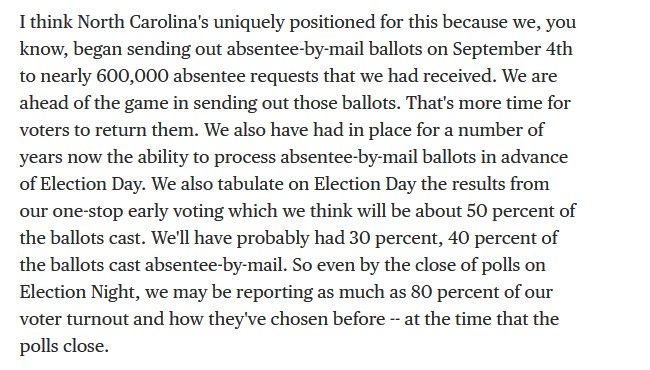
Failing to Attribute Sources
1. On September 5, 2019, Smithsonian reported on the Met’s developments to hire a full-time curator of Native American Art. Because Smithsonian‘s Brigit Katz is an honorable journalist, she dutifully linked to a statement issued by the Art of Native America as well as a Shannon O’Loughlin interview with Art Newspaper so that anybody following the story could follow the leads. Unfortunately, since Budryk is a dishonorable thief who does not credit, he simply plucked this information from Katz without credit and pasted them into his September 9, 2020 story (archive) without attribution.
Plagiarism
When I pressed Budryk on his tendency to plagiarize entire articles from other news sites for The Hill, he claimed (in a now deleted tweet) that he was “aggregating” his content. But his “aggregation” is often far too close to the original sources, as the numerous examples below will attest. (I switched over to Desklib from Copyleaks. I truly did not expect to blow through my free uses so fast. But then Budryk surprised me with his nimble and prolific thievery!)
1. (Source) (Budryk) (Budryk Archive):

2. (Source) (Budryk) (Archive)

3. (Source) (Budryk) (Archive)
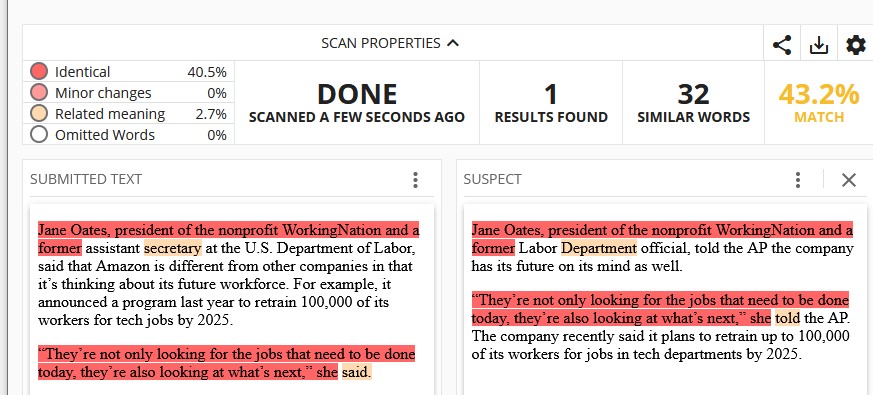
4. (Source) (Budryk) (Archive)

5. (Source) (Budryk) (Archive)
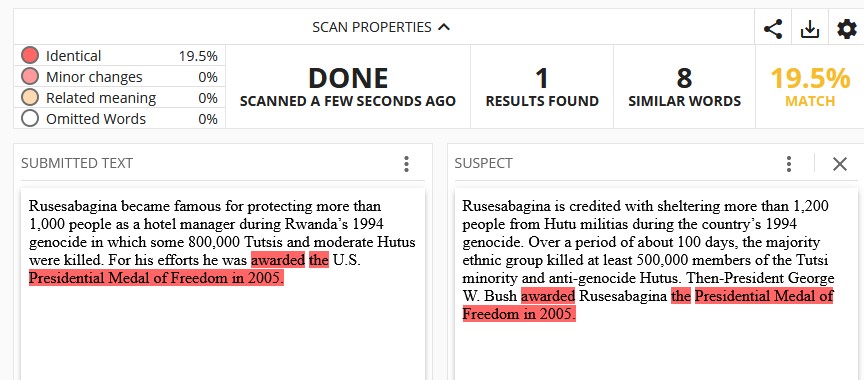
6. (Source) (Budryk) (Archive)

7. (Source) (Budryk) (Archive)

8. (Source) (Budryk) (Archive)

9. (Source) (Budryk) (Archive)
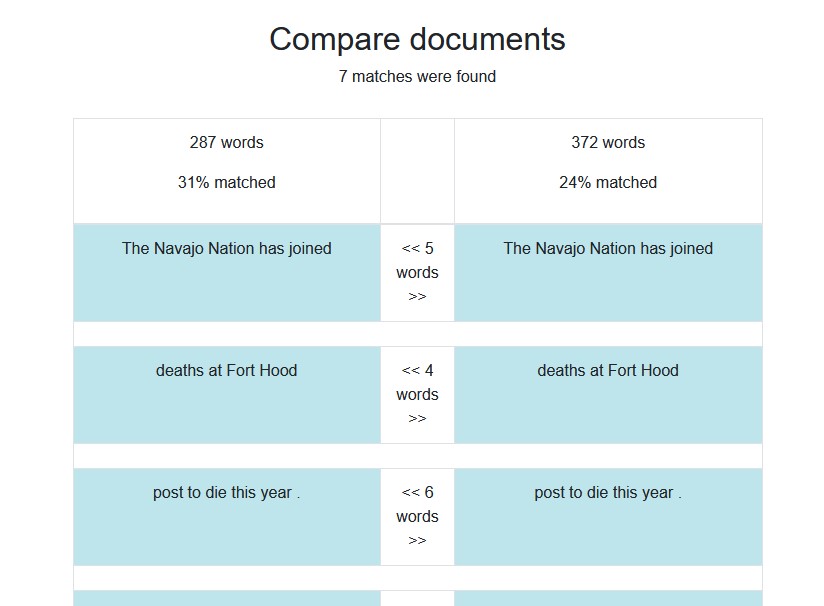
10. (Source) (Budryk) (Archive)

11. (Source) (Budryk) (Archive)
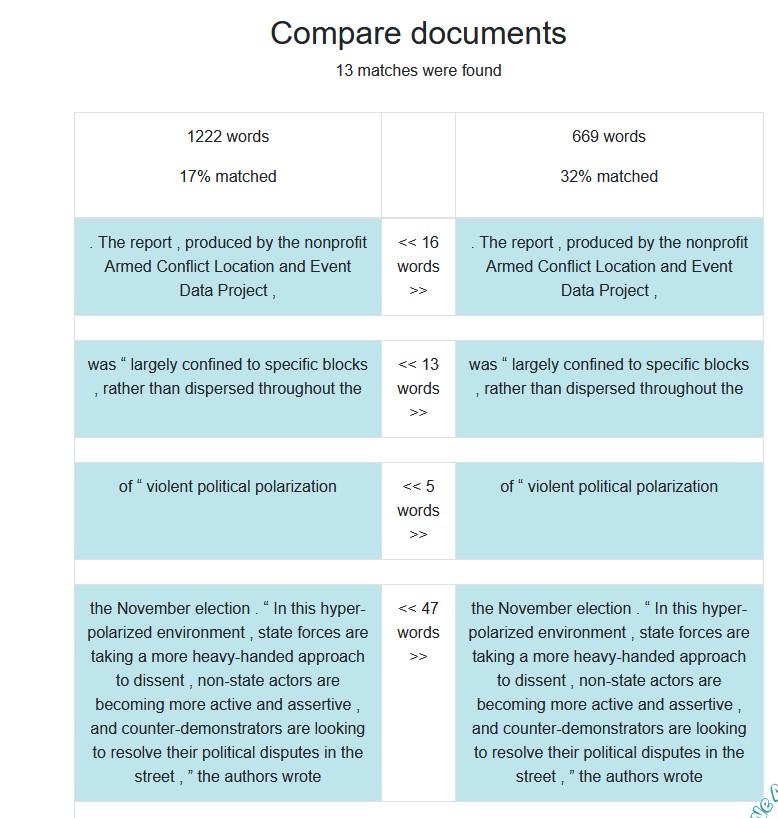

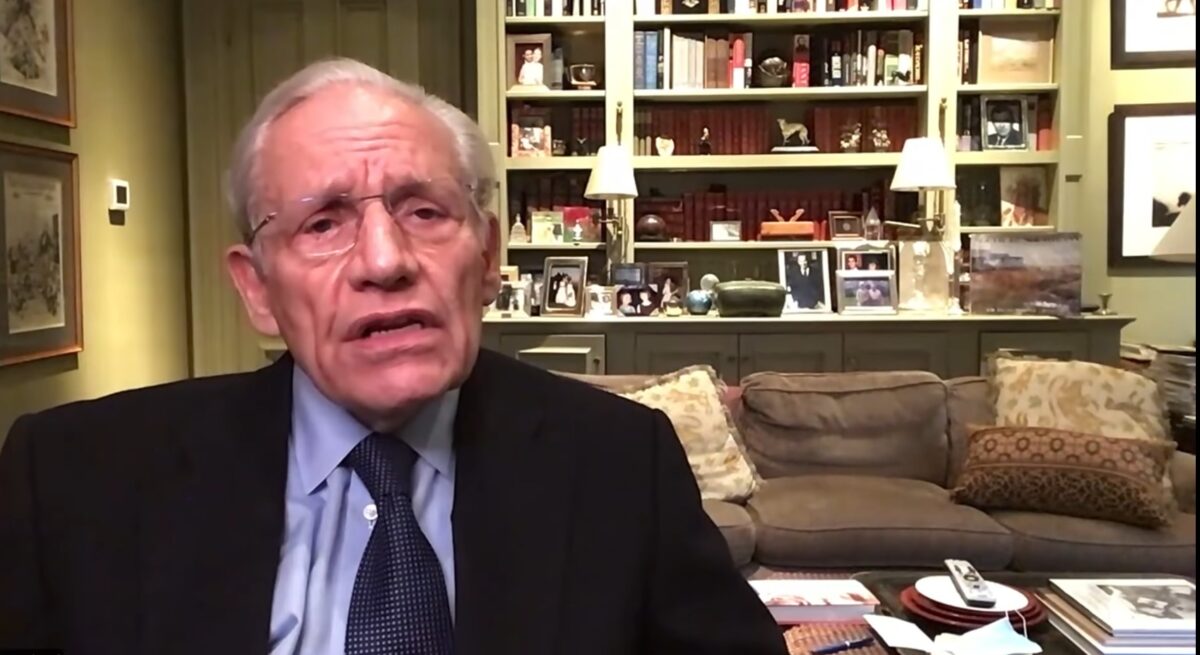
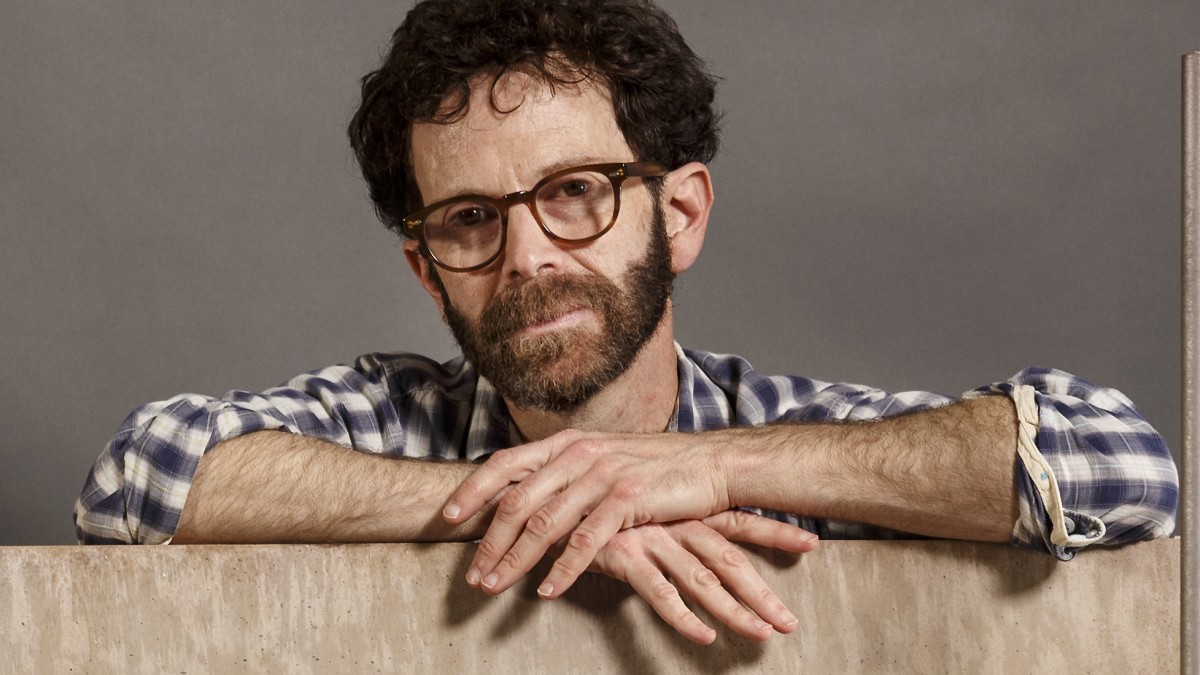

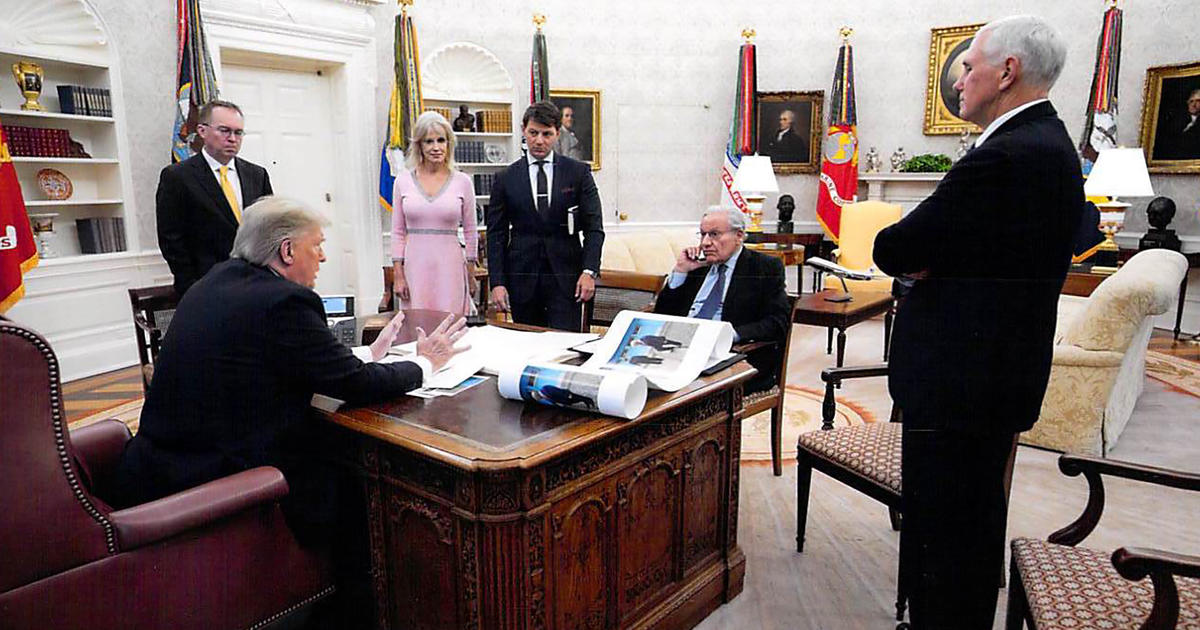


 I’ve been a city man all my life. Certainly all of my adult life. At the age of twenty, I escaped from the dour doldrums of suburban Sacramento — the kind of hideous Flintstones-style recurring backdrop that seems to encourage broken dreams, angry tears, and rampant abuse behind model home replica doors — for the bright foggy beauty and the joyful pastels of San Francisco.
I’ve been a city man all my life. Certainly all of my adult life. At the age of twenty, I escaped from the dour doldrums of suburban Sacramento — the kind of hideous Flintstones-style recurring backdrop that seems to encourage broken dreams, angry tears, and rampant abuse behind model home replica doors — for the bright foggy beauty and the joyful pastels of San Francisco. 

















